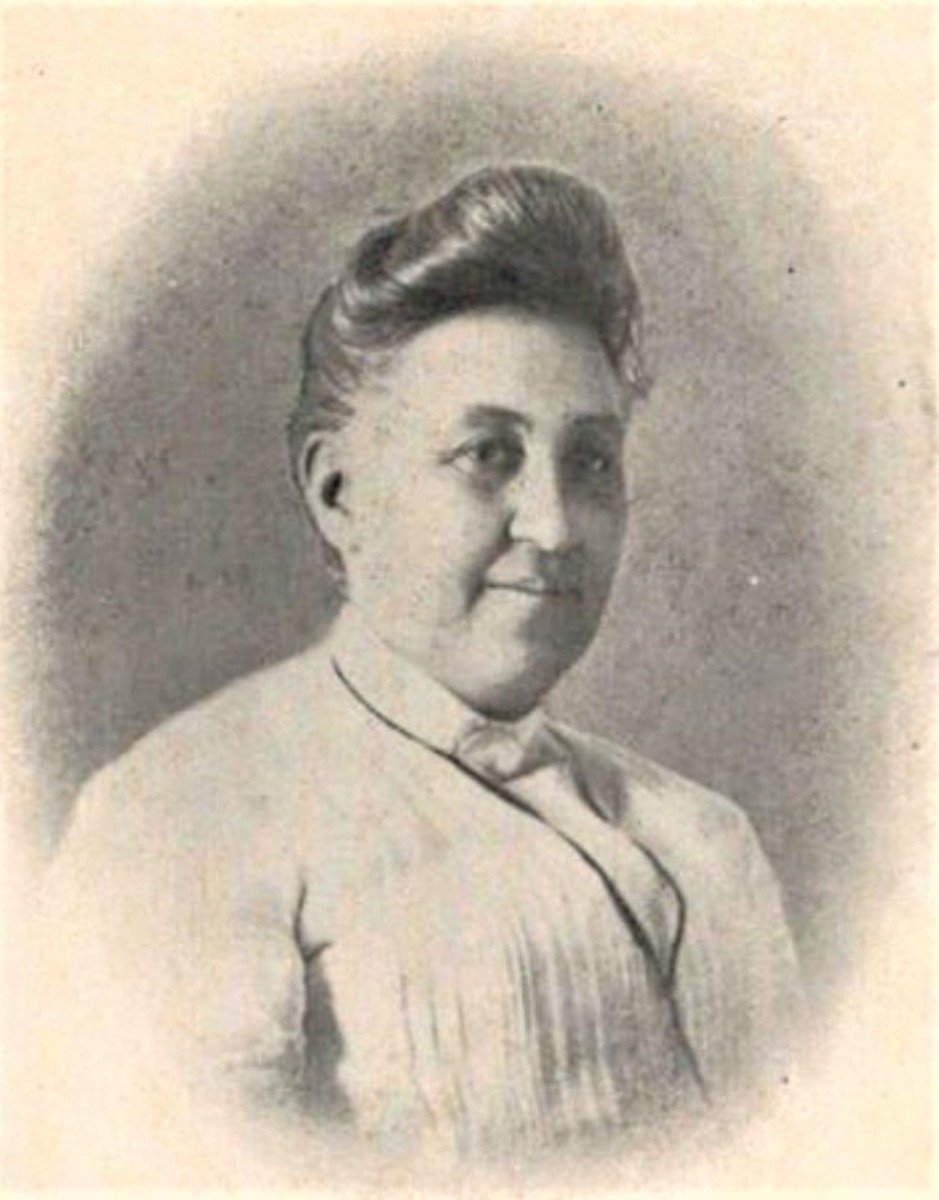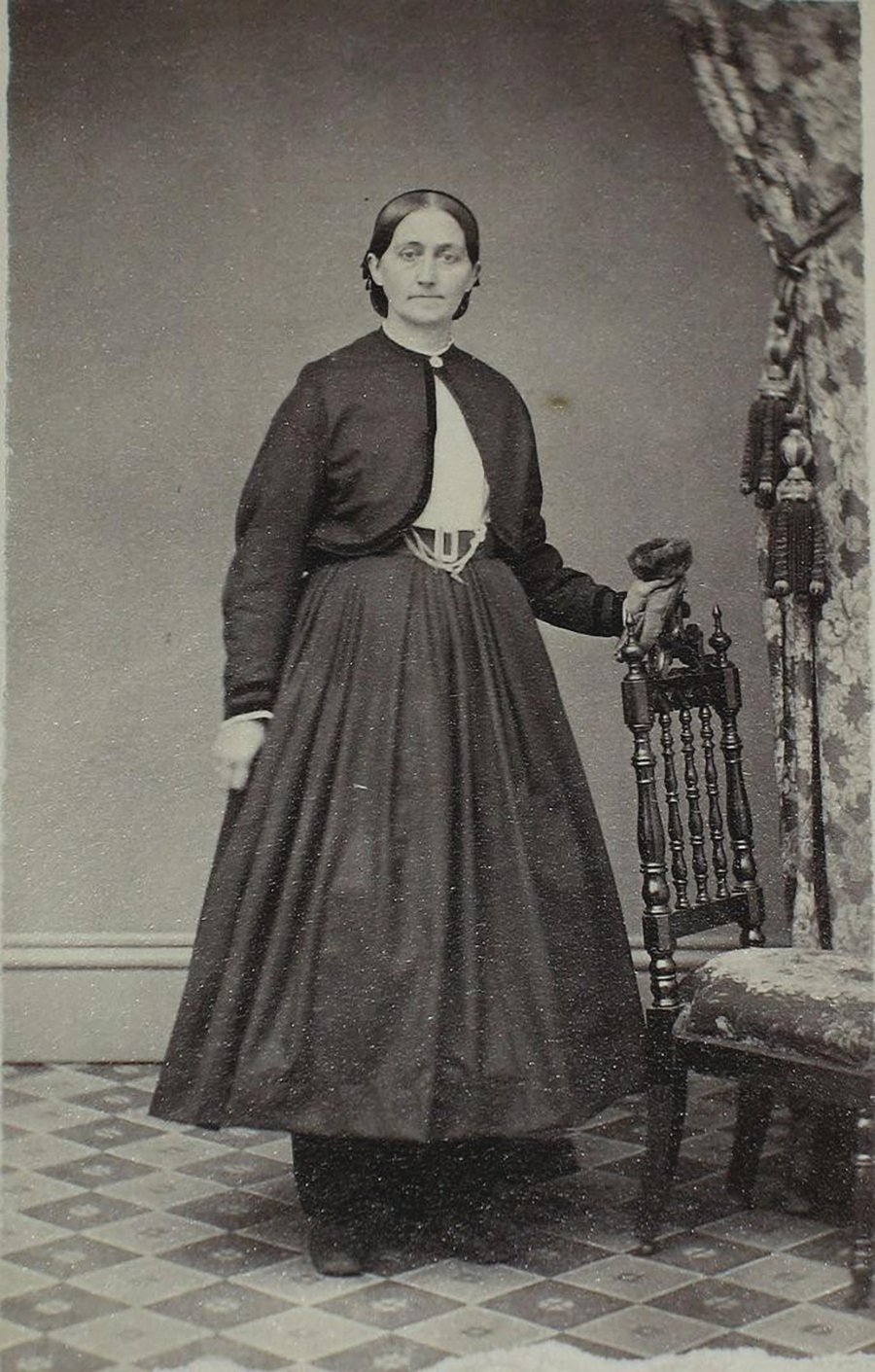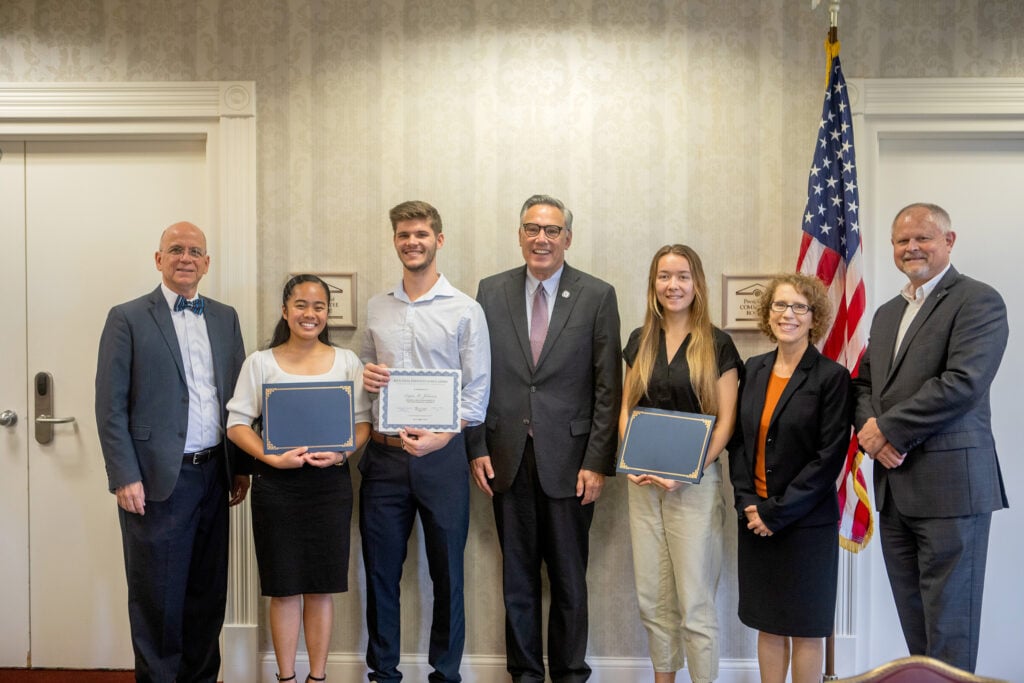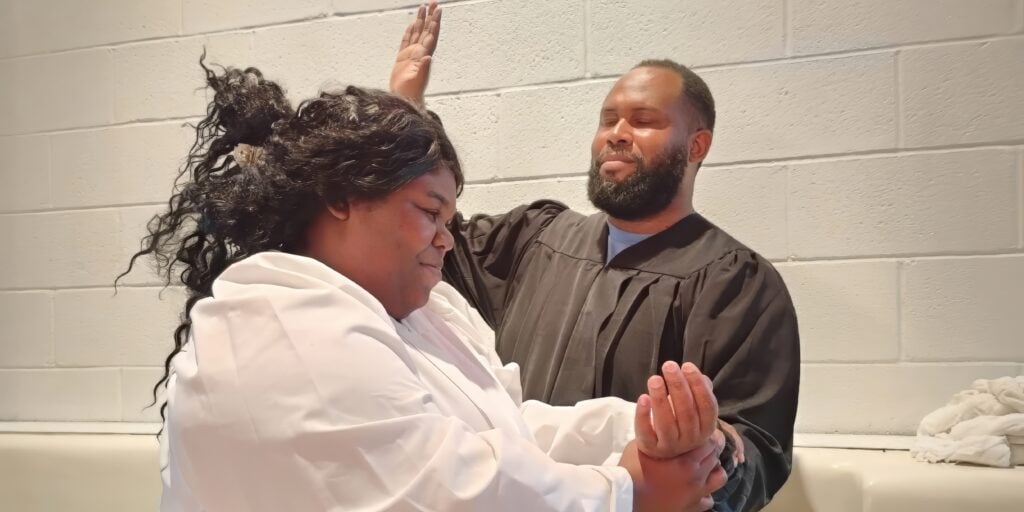This past year saw the creation of a new Pathfinder honor. My own daughter, along with two of her friends, were the initial catalyst to beta-test and help develop the requirements. As we did so, it became an opportunity to look at little-known or even unknown stories of early Adventist women. Women have always composed the majority of Christian churches, as well as the majority of Adventist members in our church’s past. In the process, I either proposed or wrote articles for the new online Encyclopedia of Seventh-day Adventists. Below are a few highlights from some of these little-known stories.
Phebe Marietta Lamson (1824-1883)
A pioneer Adventist physician and educator, Phebe was the first female Adventist physician. Born in 1824, she appears to have converted to Adventism while her family lived in the Rochester, New York, area in the 1850s. By 1855 she took her ailing father to Dr. James C. Jackson’s “Our Home on the Hillside” in nearby Dansville, where she likely learned more about hydropathic medicine. A strong early supporter of Ellen White’s prophetic ministry, Lamson became an early advocate within Adventism for health reform. When the Health Reform Institute opened in 1866, she joined Dr. Horatio S. Lay as the first two physicians of the first nascent Adventist health institution. During the winter of 1867-1868 she attended R. T. Trall’s Hygeio-Therapeutic College in New Jersey to obtain a medical degree, the first Adventist woman to do so, and among the earliest in the country. Upon completion, Lamson returned to the Health Reform Institute in Battle Creek, Michigan, where she brought stability for the fledgling institution. As several others came and left, she was an innovator who advocated for various natural remedies and treatments.
Lamson saw the potential of doing evangelism through health education, and several early patients attributed their conversion to her kind, attentive, and spiritual treatment. And with her modest income she donated additional funds to help support various church projects, such as the Dime Tabernacle and tract and missionary outreach. Lamson even donated to J. N. Andrews as the denomination’s first official missionary. In 1876 she welcomed the young Dr. J. H. Kellogg (who later became medical director) and mentored him as the institution continued to grow and change. Tragically, in July 1883, while Lamson was on vacation visiting family, she fell ill and died in western New York. Her last words, quoting from Isaiah 26:4, celebrated God’s “everlasting strength.” Deeply loved and admired, a memorial service was held at the Battle Creek Sanitarium, and Kellogg hung a life-size portrait of Lamson on the third floor of the Battle Creek Sanitarium.

Minnie Sype (1869-1956)
One of the most remarkable evangelists in Adventist history is Marinda “Minnie” Day. When she was a young girl, her mother encouraged her to pursue her education, and a schoolteacher who read a chapter of the Bible each day at school made a deep impression upon her. At age 12 she gave her life to God and became a Disciples of Christ minister. The first Adventist she met was Logan Purdy Sype (1856-1925), whom she married in 1889. At the time she was teaching public school, and after further Bible study, she joined the Seventh-day Adventist Church.
Sype gave Bible studies and distributed literature when her husband would take a load of grain to town. She’d walk ahead selling copies of Signs of the Times, catching a ride between homes. The couple had three children, and as they raised their family with the usual farm chores, they continued active Bible work. At one point during a health crisis Sype went for treatment at the Nebraska Sanitarium, where she also came into contact with teachers at Union College. This helped her in being able to share her faith. Upon her return, the family moved to the Higby mining camp in Wyoming. Sype taught public school and Sunday school, since there was no Adventist church, and she was looking for ways to share her faith. The couple saved up enough money that by the next summer their family could start over by buying a farm in the Oklahoma territory.
Tragically, extreme heat wiped out their dream to start over. Meanwhile she used this opportunity to share her faith with other poor struggling farm families around them. As interest grew, she called the conference president to ask for help to organize a group of believers. In response, Sype received a letter of appreciation and a check for $25 from the conference, never having entertained the thought about being paid for her ministry. The next spring G. H. Haffner offered to employ her officially as an evangelist. Despite what she viewed as “mountains of opposition” and “adverse public opinion” she heeded what she felt was the call of God. At the age of 32 she began full-time preaching ministry. Subsequent reports highlighted her successful ministry of sharing her faith and raising up groups of believers. By 1902 she received a ministerial license from the Oklahoma Conference, the first woman with such a license in the Southwestern Union. She would go on, even into retirement, sharing her love for Jesus with others.

Rachel “Anna” Knight (1874-1972)
Early African American missionary, colporteur, educator, Bible worker and administrator, Rachel “Anna” Knight, was born in Mississippi. Her father, Newton Knight, fought in the Civil War. Her mother, who was of mixed ancestry, raised Anna along with her siblings, and other relatives, in a small, overcrowded home. Through hard work they were able to exhibit slow but steady upward mobility.
Willing to learn, Knight was barred from attending the local school. She learned to read and write by bartering for books from her White cousins who did attend the same school. Slowly she taught herself to read. A colporteur who sold subscriptions to Home and Fireside prompted Anna to beg her mother the $1 for a subscription. In 1891 she received a bundle of Adventist literature, which ultimately led to her conversion. Knight tried to obtain an education, at the closest Adventist school, in Graysville, Tennessee, where she was baptized in December 1892, but again her racial background prevented her from attending classes. She lived with the school matron and returned home. She was subsequently able to attend school at Mount Vernon Academy, and then went with two missionary nurses to the Battle Creek Sanitarium. From here she was able to return to Mississippi, where she opened a one-room mission school not far from her home.
By 1901 Knight served as a delegate at the 1901 General Conference Session that resulted in a reorganization of the church for mission. Afterward she was asked to sail for Calcutta, India, becoming first African American female missionary, a first for any missionary society. She set out to work in the Calcutta Sanitarium, and soon went to work at a nearby orphanage and dispensary. Her efforts over the next six years would expand across a number of cities before returning home, where she resumed her work as a schoolteacher. Through the remainder of her life Knight would remain an influential church worker across the American South. As a social activist, she partnered with the YWCA and other organizations to provide health care and education, as she continued to share her faith. By 1925 she took on a more administrative role and by 1945 she had 34 schools under her supervision across the American South. To the end of her life, she remained an important exemplar, sharing her faith with others.
Learning More
Would you like to learn about more stories about the contributions of women in Adventist history? This coming October the NAD Office of Archives, Statistics, and Research will hold the first annual research conference featuring a wide plethora of researchers who will be sharing many of these stories. The conference will take place on the campus of Washington Adventist University from October 12 to 14, 2023. Some of the featured keynote speakers will include Ella Simmons, former vice president of the General Conference; Anneke Stasson, author of the book Women in the Mission of the Church; Heidi Olson Campbell, women’s historian and host of the new podcast Women in Adventist History; and Laura Vance, author and historian. Those who participate in the conference will be able to hear a variety of papers featuring the many varied contributions of women in Adventist history. From women who served as missionaries, to evangelists and Bible workers, to educators and physicians, these stories will inspire participants with how God has and continues to lead women to share the Adventist message.
The conference will begin on Thursday evening with a special address by NAD president G. Alexander Bryant, and continue all day Friday and Sabbath with a series of devotionals, papers, and plenary sessions. Friday evening will feature Ann Roda, vice president of Adventist HealthCare for Mission Integration. On Friday morning Kevin Burton, director of the Center for Adventist Research, will share about Millerite women; and Sabbath morning will feature a devotional by Sandy Roberts, executive secretary of the Pacific Union and a discussion by Adventist women leaders with Celeste Ryan Blyden, Columbia Union executive secretary. Sabbath afternoon will include a tour of area Adventist heritage sites, celebrating the contributions of local Adventist women near the denomination’s main headquarters for most of the twentieth century in Takoma Park. Other inspiration presentations and papers, along with concluding thoughts by NAD Women’s Ministries director DeeAnn Bragraw, will help to wrap up the event.
Visit adventsource.org/events/women-in-seventh-day-adventist-history-conference-2023-656 to register for the conference.
— Michael W. Campbell is director of the North American Division Office of Archives, Statistics, and Research.




